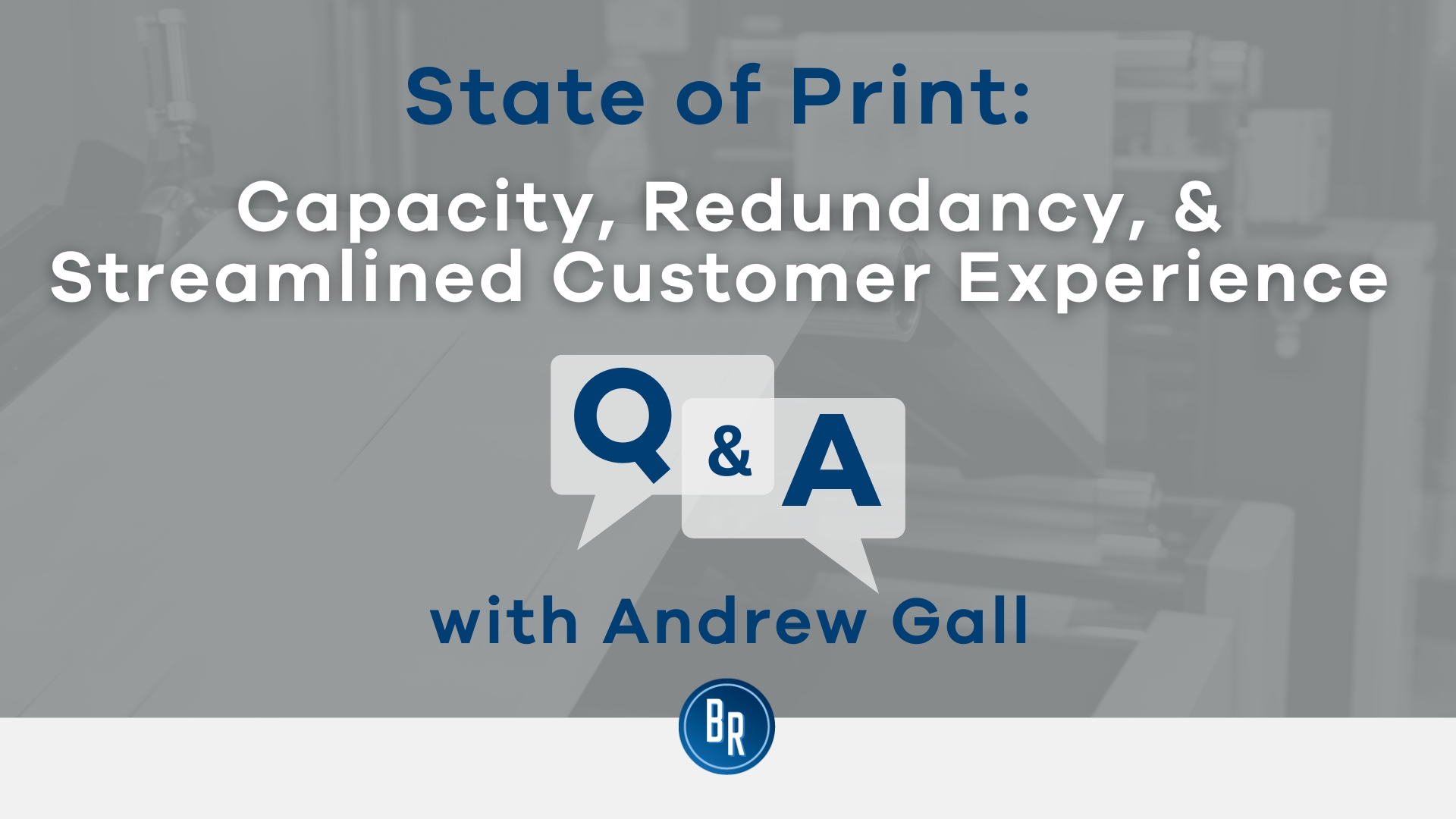Described: If a Company Goes Bust Who Pays Redundancy in the UK?
Described: If a Company Goes Bust Who Pays Redundancy in the UK?
Blog Article
Examining the Interaction Between Firm Redundancy and Organizational Adaptability for Future Growth
In the dynamic landscape of today's company globe, the detailed relationship between company redundancy and organizational versatility arises as a vital element for sustained growth and success. Business commonly encounter the obstacle of striking a fragile balance between preserving a level of redundancy to alleviate dangers and promoting versatility to react quickly to the ever-evolving market needs.
Relevance of Firm Redundancy
Firm redundancy is a critical component that boosts business strength and alleviates operational dangers. By integrating redundancy procedures within the organizational framework, companies can better withstand unforeseen disturbances and variations in the business setting. Redundancy works as a calculated buffer, allowing firms to adjust and respond properly to unexpected obstacles without jeopardizing vital operations.
One key facet of the value of company redundancy is its duty in ensuring continuity during times of crisis. When confronted with abrupt adjustments or emergencies, repetitive systems, sources, or workers can action in to preserve vital features and protect against widespread disruptions. This continuity not just safeguards the company's reputation and client count on yet also minimizes monetary losses and operational downtime.

Approaches for Business Flexibility

Developing versatile organizational structures that permit for fast modifications to market dynamics and consumer demands is necessary for staying competitive in a swiftly progressing environment. By proactively recognizing prospective disruptions and possibilities, organizations can proactively adjust and grow in an ever-changing organization landscape.
Balancing Redundancy and Adaptability
Attaining a harmonious stability between operational redundancy and organizational adaptability is extremely important in navigating the intricacies of a dynamic business atmosphere. Redundancy within a company supplies a safeguard, making sure connection and stability in procedures. However, an extra of redundancy can lead to inadequacies and hinder versatility to changing market conditions. On the various other hand, organizational flexibility allows companies to respond immediately to exterior interruptions and confiscate new chances. Striking the appropriate balance in between redundancy and flexibility is a fragile procedure that calls for a deep understanding of the organization's goals, market characteristics, and danger resistance.
To achieve this balance, companies need to conduct regular assessments of their operations to recognize locations where redundancy is essential for threat reduction and where versatility can drive development and growth. Carrying out versatile structures, fostering a society of continual discovering and enhancement, and motivating open communication across all degrees of the company are crucial methods to balance redundancy and adaptability effectively. By straightening these 2 vital aspects, companies can place themselves for sustainable growth and success in an this post ever-changing organization landscape.
Study on Adaptation Success
In examining circumstances of effective organizational adjustment, it ends up being evident that the interaction between operational redundancy and flexibility is a specifying element in shaping resilient services. One compelling study is that of Netflix. Initially a DVD rental solution, Netflix demonstrated impressive versatility by transitioning into a streaming system when digitalization interrupted the sector. By tactically purchasing innovation and content development, Netflix not only made it through but prospered in a rapidly progressing market. Another standout example is Amazon. Beginning as an online book shop, Amazon continuously adapted its organization model, broadening right into diverse fields such as cloud computing and expert system. This flexibility enabled Amazon to remain ahead of competitors and fulfill changing consumer needs. Last but not least, Adobe offers a notable image of successful adaptation. The business changed from selling software application licenses to a why not find out more subscription-based version, ensuring repeating profits streams and boosted consumer interaction. These study emphasize the significance of operational redundancy combined with organizational my sources versatility in cultivating lasting development and competitiveness.
Structure Strength for Future Growth
Structure resilience for future development requires a critical positioning of functional processes with market characteristics and emerging fads. Companies have to adapt to transforming atmospheres by cultivating a culture of adaptability, development, and continual improvement.
Additionally, fostering strong partnerships with stakeholders, such as customers, staff members, suppliers, and the area, is necessary for weathering unpredictabilities and keeping trust fund and support throughout stormy times. Effective interaction and openness play a vital function in structure resilience, as they help assist in and straighten assumptions collaboration in browsing unpredictabilities.
In addition, companies require to prioritize knowing and advancement efforts to upskill staff members and outfit them with the necessary tools to adapt to altering scenarios. By spending in their labor force, firms can enhance their versatility and agility, eventually enhancing their strength for lasting future development.
Verdict

In the vibrant landscape of today's company globe, the intricate relationship in between firm redundancy and organizational versatility arises as an important variable for sustained growth and success. Business usually face the difficulty of striking a fragile equilibrium between maintaining a level of redundancy to alleviate threats and fostering versatility to react promptly to the ever-evolving market needs.To achieve this equilibrium, firms need to conduct routine evaluations of their procedures to recognize locations where redundancy is essential for risk mitigation and where adaptability can drive development and development.In final thought, the interaction in between business redundancy and business versatility is crucial for future growth. Building strength with a combination of redundancy and versatility will make sure that firms are prepared for the obstacles of the future.
Report this page